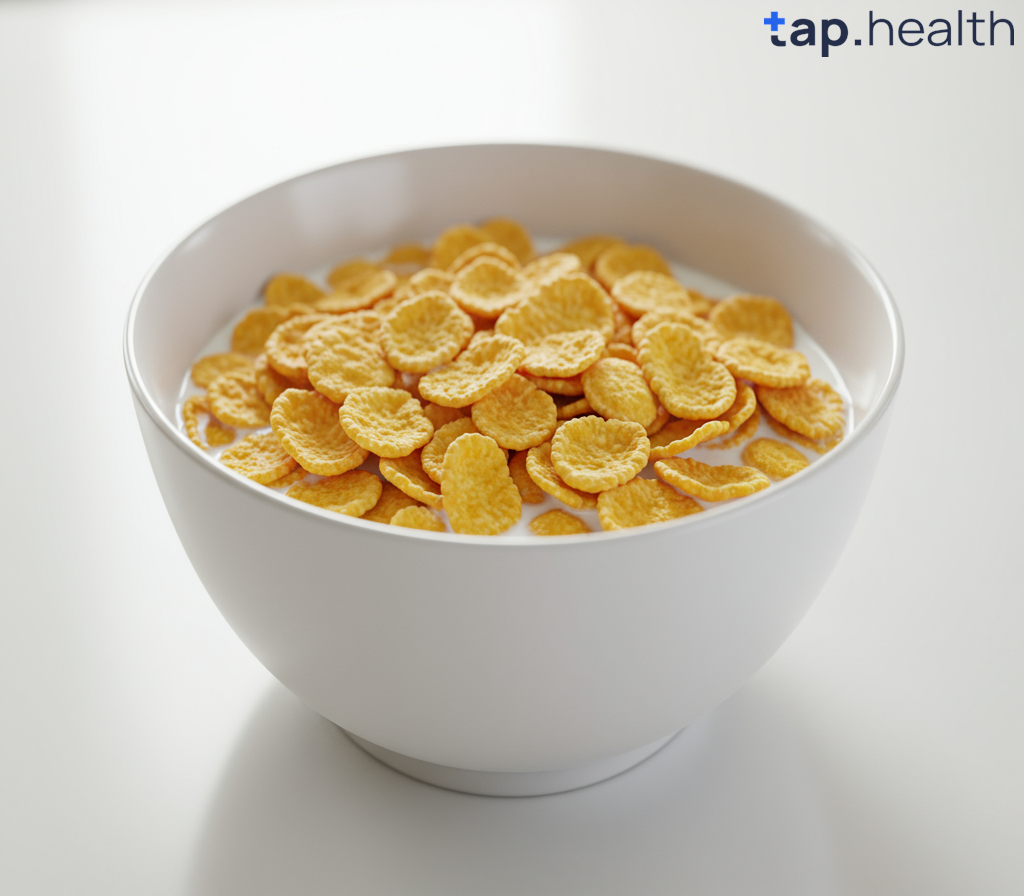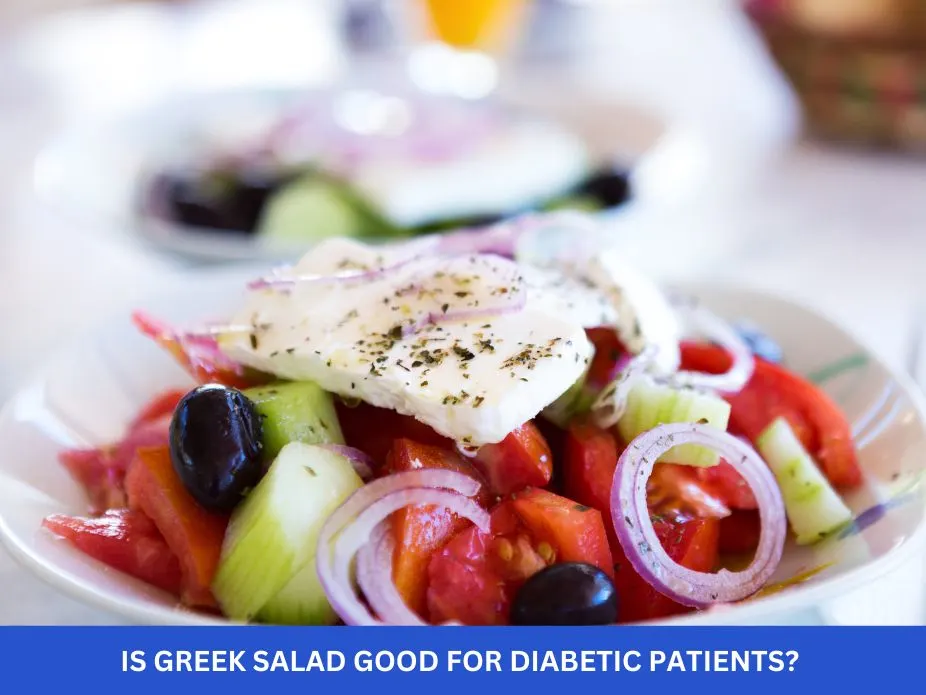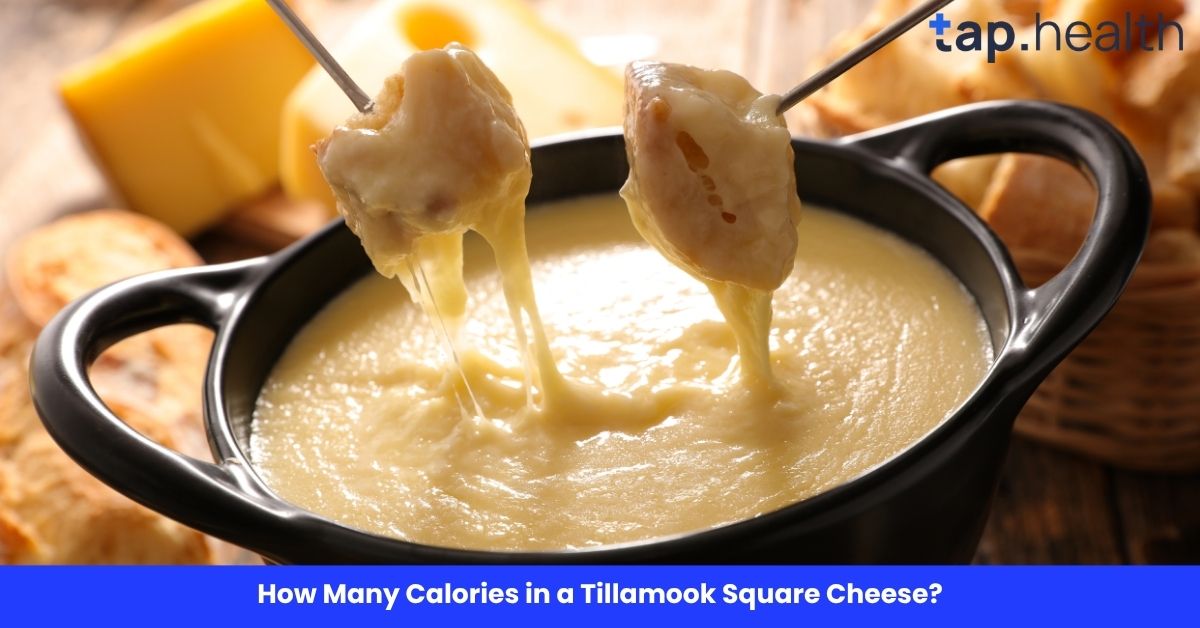If you or someone you love has diabetes, you know how important it is to choose the right foods. One common question many people ask is:
👉 “Is Kellogg’s cornflakes good for diabetic patients?”
In this article, we’ll answer that clearly and simply. We’ll look at what makes some breakfast cereals better than others for diabetics, how Kellogg’s cornflakes compare, and what you can do to make healthier choices.
Let’s start from the beginning.
What is Diabetes?
Diabetes is a health condition where your body can’t control the amount of sugar (glucose) in your blood. There are two main types:
- Type 1 Diabetes : Usually starts in childhood. The body doesn’t make insulin.
- Type 2 Diabetes : More common in adults. The body doesn’t use insulin well.
People with diabetes need to watch their diet closely, especially when it comes to carbs and sugars, because these can raise blood sugar levels quickly.
That’s why choosing the right kind of carbs is key for managing diabetes.
Why Does Breakfast Matter for Diabetics?
Breakfast is often called the most important meal of the day — and for good reason. For people with diabetes, starting the day with the right food helps:
- Keep energy levels steady
- Avoid sudden spikes in blood sugar
- Prevent overeating later in the day
But not all breakfasts are created equal. Some popular breakfast items — like sugary cereals — can actually be harmful for diabetics.
Which brings us to our big question again:
👉 Is Kellogg’s cornflakes good for diabetic patients?
Let’s find out.
What Are Kellogg’s Corn Flakes?
Kellogg’s Corn Flakes is one of the world’s most famous breakfast cereals. It’s made from corn , which is then rolled, toasted, and lightly sweetened.
It’s known for being crunchy, light, and easy to eat. Many people enjoy it with milk, fruits, or even just plain.
But while it may seem healthy, especially because it’s low in fat and calories, there’s more to the story when it comes to diabetes.
Nutritional Value of Kellogg’s Corn Flakes
Here’s a quick look at the nutrition facts per 30 grams (about 1 cup) of Kellogg’s Corn Flakes:
| Nutrient | Amount |
|---|---|
| Calories | ~100 kcal |
| Carbohydrates | ~24 g |
| Sugars | ~10 g |
| Fiber | ~0–1 g |
| Protein | ~2 g |
| Fat | ~0 g |
Now, let’s break down what this means for someone with diabetes.
Glycemic Index (GI) of Kellogg’s Corn Flakes
The Glycemic Index (GI) tells us how fast a food raises blood sugar. Foods with a low GI (under 55) are best for diabetics.
Kellogg’s Corn Flakes have a high GI , usually around 75–85 . That means they can cause a quick spike in blood sugar after eating.
Even though they don’t contain much fat or protein, they’re mostly made of refined carbs and added sugars , which digest very quickly.
So, is Kellogg’s cornflakes good for diabetics?
👉 No , not really. They’re not the best choice for managing blood sugar levels.
Why Kellogg’s Corn Flakes Are Not Ideal for Diabetics
Here are a few reasons why cornflakes may not be the best breakfast option for someone with diabetes:
1. High in Simple Carbs
Cornflakes are made from refined corn starch. These carbs are broken down quickly into sugar in the body, leading to rapid increases in blood sugar.
2. Low in Fiber
Fiber helps slow digestion and keeps blood sugar from spiking. But cornflakes are very low in fiber , which means they don’t help control blood sugar well.
3. Added Sugar
Even though Kellogg’s Corn Flakes aren’t overly sweet, they still contain about 10g of sugar per serving . This sugar comes from ingredients like high-fructose corn syrup and sucrose.
4. Not Very Filling
Because they’re low in protein and fiber, cornflakes don’t keep you full for long. This can lead to hunger soon after eating and possibly overeating later.
Can Diabetic Patients Eat Cornflakes?
Technically, yes — but only in small amounts and occasionally .
You don’t have to completely avoid Kellogg’s Corn Flakes if you’re diabetic, but you should eat them very carefully and combine them with other foods that slow down sugar absorption.
For example:
- Add a spoonful of peanut butter or chia seeds
- Mix in some nuts or seeds
- Pair with Greek yogurt instead of milk
- Add non-starchy vegetables like spinach or cucumber to your breakfast plate
These additions can help balance the meal and reduce the overall glycemic load.
Also, check the label for any added ingredients. Some versions of cornflakes may include dried fruits or extra sugar coatings, which are not ideal for diabetics.
Healthier Alternatives to Kellogg’s Corn Flakes
If you want a safe and healthy breakfast as a diabetic, here are some better options:
1. Oatmeal (Steel-Cut or Rolled Oats)
Rich in fiber and has a low GI. Just avoid instant oatmeal with added sugars.
2. Upma or Poha (with veggies)
Indian-style breakfasts made from semolina or flattened rice with lots of veggies are filling and blood-sugar-friendly.
3. Sprouted Grain Bread with Eggs
Provides protein and complex carbs without causing sharp sugar spikes.
4. Chia Seed Pudding
Made with chia seeds, unsweetened almond milk, and a touch of cinnamon. High in fiber and omega-3s.
5. Nuts and Seeds Mix with Unsweetened Yogurt
A great combo of protein, healthy fats, and fiber.
These options will keep your blood sugar more stable and help you feel full longer.
Tips for Eating Breakfast Safely with Diabetes
Even if you decide to eat Kellogg’s cornflakes once in a while, here are some tips to keep your meals safe:
- Control portion sizes – Stick to ½ cup or less.
- Add protein and healthy fats – Helps slow down sugar absorption.
- Avoid sugary toppings – Skip honey, jam, or chocolate syrups.
- Pair with non-starchy veggies – Like cucumbers, bell peppers, or spinach.
- Monitor blood sugar – Check before and after eating to see how your body reacts.
Final Verdict: Is Kellogg’s Cornflakes Good for Diabetic Patients?
❌ No , Kellogg’s Corn Flakes are not the best choice for diabetic patients due to their high glycemic index, low fiber content, and added sugars.
✅ However, they can be eaten in moderation if paired with protein-rich foods and eaten in small portions.
💡 If you want to manage diabetes through diet, focus on:
- Eating whole, unprocessed foods
- Choosing low-GI carbs
- Balancing every meal with protein and fiber
- Staying active and hydrated
Frequently Asked Questions (FAQs) on Is Kellogg’s Cornflakes Good for Diabetic Patients?
Q1. Can diabetics eat Kellogg’s cornflakes?
Yes, but only in small amounts and rarely. They have a high glycemic index and can cause blood sugar spikes.
Q2. Which breakfast cereal is best for diabetics?
Cereals high in fiber and low in sugar, such as steel-cut oats, bran flakes, or muesli (unsweetened), are better choices.
Q3. Does Kellogg’s cornflakes contain sugar?
Yes, regular Kellogg’s cornflakes contain around 10g of sugar per serving. Always read the packaging to confirm.
Q4. Can I eat cornflakes with milk if I’m diabetic?
You can, but it’s better to pair them with protein-rich foods like nuts or Greek yogurt to lower the impact on blood sugar.
Q5. How many cornflakes can a diabetic eat?
Stick to ½ cup or less, and always combine with protein, healthy fats, or fiber-rich foods.
Q6. Is corn good for diabetics?
Whole corn is okay in moderation. It contains fiber and nutrients. But processed corn products like cornflakes are not ideal.
Q7. What can I add to cornflakes to make them healthier?
Add nuts, seeds, chia seeds, or a spoonful of peanut butter to improve fiber, protein, and healthy fats.
Conclusion
Managing diabetes doesn’t mean giving up all your favorite foods — it’s about making smarter choices. While Kellogg’s cornflakes aren’t the perfect breakfast for diabetics , they’re not completely off-limits either. Used wisely and in combination with healthier foods, they can still be part of a balanced diet.
Remember, there’s no one-size-fits-all approach. Listen to your body, consult your doctor or nutritionist, and always monitor your blood sugar levels.
Stay healthy, stay smart!



